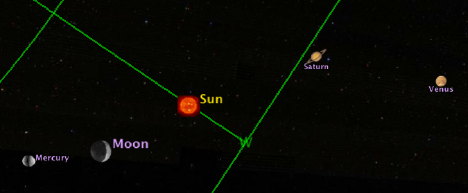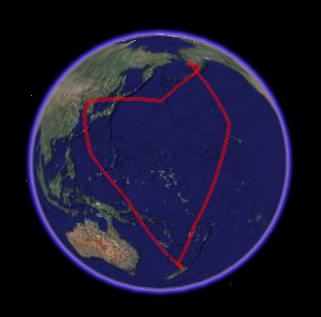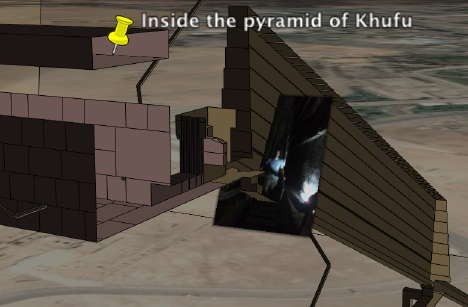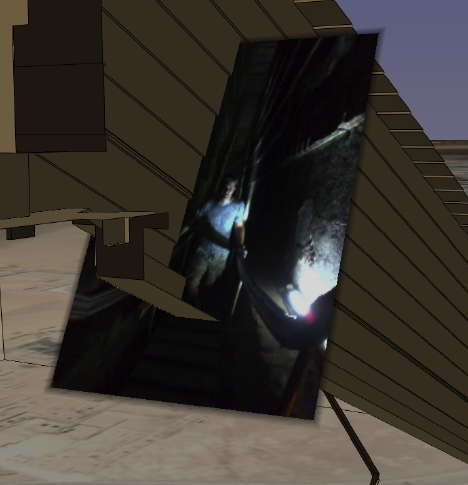News today is that the UK’s publicly funded (1) Ordnance Survey has come out with Explore (beta), a portal for uploading and sharing… routes.
OS isn’t the first to come out with this. Plenty of other private initiatives have already done the same using mapping APIs. (Check out the impressive Bikemap.de, walk.jog.run, Wikiloc, EveryTrail and Crankfire). More recently Google’s MyMaps has upped the ante with an incredibly sophisticated web-based map editor and mashup manager.
I tried OS’s Explore. Here is my own shared route.
A couple of things quickly became evident. The mapping area is really small. The maximum scale is much lower than what we’re used to elsewhere. Map drawing tools are very rudimentary, and you can’t edit submitted routes. You can’t import routes. You can’t export routes. By-now standard web-map conventions such as using the scroll wheel to zoom aren’t supported. Mapperz has his own list of limitations.
In sum, if this were a private initiative, I’d refrain from reviewing it, as it would compare unfavorably to the competition. But this is tax-payers’ money at work, so the larger question needs to be asked: What is a government agency doing entering a market niche that is serviced much better and for free by the private sector?
The other prominent example from the past few years is France’s government-funded Géoportail. Both France’s IGN and and UK’s OS focus on providing a closed, proprietary portal to their data. OS then hopes that a crowd of users will add value by adding walking and cycling routes to it, as if this will make up for the fact that we can’t make our own route sharing sites from the base data via an API.
The only thing IGN and OS should be doing is focusing on their mandate to produce the best publicly available GIS data for their respective countries, and making it available in a manner that benefits its citizens (and the rest of us) maximally. I’d argue it should be for free, but if not, then at least make the data available for licensing on terms that make sense in the 21st century, where maps are enjoyed by the billions, not by the thousands.
Just as Géoportail will never be as good as Google Earth, Explore will never be as good as Google MyMaps. Spend our money on getting us better base maps to mash up, not second-rate walled gardens.
(1) Just to clarify, although OS is a “trading fund”, and thus is self-funding, much of the raw data it has a monopoly on is gathered by local authorities at public expense.



